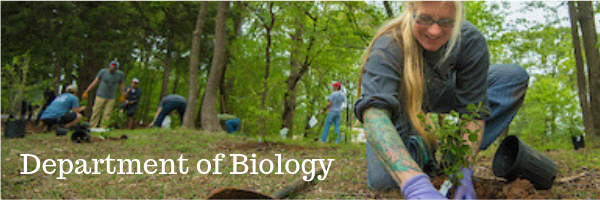
Faculty and Student Publications
Document Type
Article
Publication Date
2-1-2020
Abstract
© 2020 by the authors. Licensee MDPI, Basel, Switzerland. Insects that undergo metamorphosis from juveniles to adults provide an intriguing opportunity to examine the effects of life stage, species, and the environment on their gut microbiome. In this study, we surveyed the gut microbiomes of 13 species of dragonfly collected from five different locations subject to different levels of human impact. Juveniles were collected as nymphs from aquatic habitats while airborne adults were caught at the same locations. The gut microbiome was characterized by next generation sequencing of the bacterial 16S rRNA gene. Life stage was an important factor, with the gut microbiomes of dragonfly nymphs differing from those of adult dragonflies. Gut microbiomes of nymphs were influenced by sample site and, to a lesser extent, host species. Neither sample location nor host species had a strong effect on the gut microbiome of dragonfly adults. Regardless of life stage, gut microbiomes were dominated by members of the Proteobacteria, with members of the Bacteroidetes (especially in adults), Firmicutes, and Acidobacteria (especially in nymphs) also being proportionally abundant. These results demonstrate that different life stages of metamorphosing insects can harbor very different gut microbiomes and differ in how this microbiome is influenced by the surrounding environment.
Relational Format
journal article
Recommended Citation
Nobles, S.; Jackson, C.R. Effects of Life Stage, Site, and Species on the Dragonfly Gut Microbiome. Microorganisms 2020, 8, 183. https://doi.org/10.3390/microorganisms8020183
DOI
10.3390/microorganisms8020183
Accessibility Status
Searchable text

